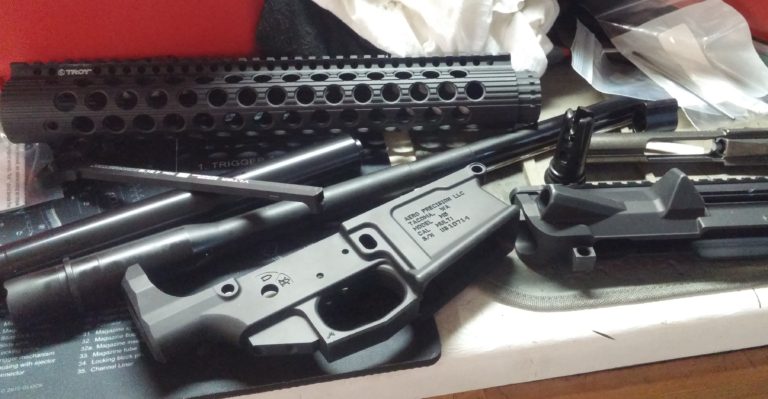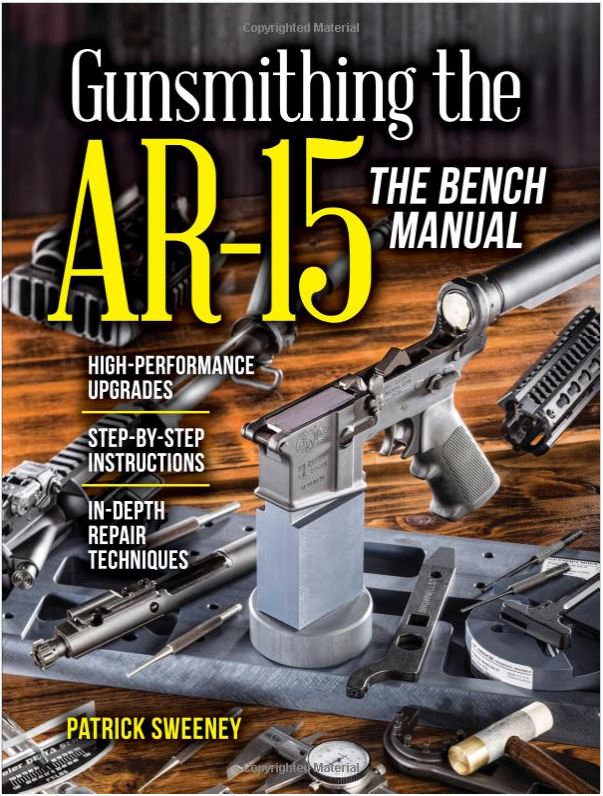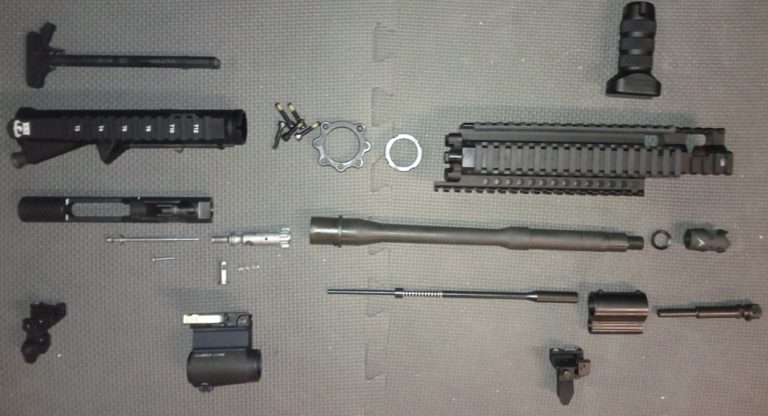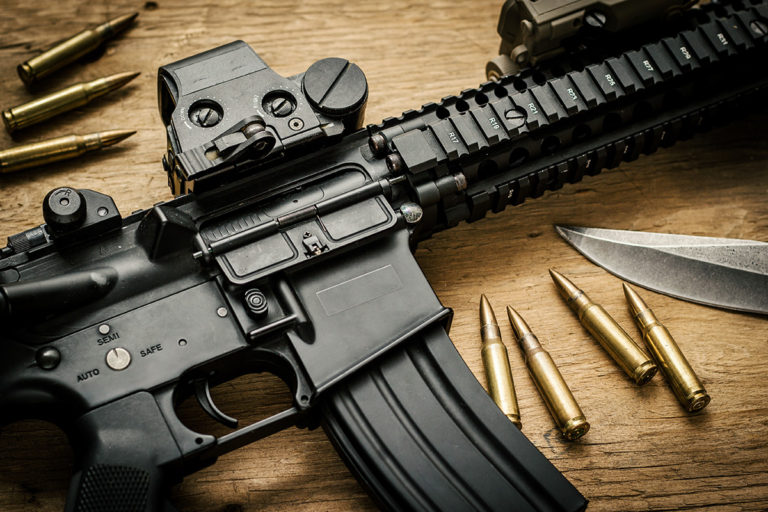Running is a vigorous activity which brings many benefits and some problems. Each runner has experienced pain and muscle soreness. Sometimes, the runner encounters these problems out of season and the person should know how to cope with them.
The only question that should be solved is when it is the right time to pull yourself together and to push through and when to stop running.
Let’s see how to identify the pain by type and how to cope with running pain.
Good And Bad Running Pain: What’s The Difference?
All runners experience different types of pain. The difference is that one type may subside quickly while another type of pain needs careful treatment.
Muscle soreness is very common, especially if you are a new runner. If you push your body to its limits, then muscles burn. For instance, if you used to run 4 kilometers and ran 7 kilometers, you’ll experience this pain. It’s caused by a buildup of lactic acid. This pain gives the signal to the brain to let know how hard your muscles work. When you suffer from this pain, then push through and the pain will decrease. Also, you’ll build enough endurance.
Besides, side cramps are also a problem. Running causes you to strain a ligament connecting your diaphragm to the abdominal muscles and side cramps can occur. However, the pain will subside if you walk with your hands on top of your head (you have all seen marathon and distance runners assume this position after an event.)
But if you experience awful pain during running and it doesn’t weaken, that’s a sign of an injury and it means that you should stop for some time.
The most common injuries are caused by applying repeated force over a prolonged period of time and these injuries include the following:
This condition is characterized by a tender pain around or behind the kneecap. Downhill running, weak hips, and muscle imbalance cause runner’s knee.
Treatment: take anti-inflammatory medications, use a knee brace, and don’t run for a long distance.
This condition is characterized by swelling of the Achilles tendon. This swelling is caused by tight calf muscles, inappropriate footwear, flat feet, and a mileage increase.
Treatment: take anti-inflammatory medications, stretch your calf muscles, wear supportive shoes, and avoid activities that put extra stress on the tendons.
This condition is characterized by inflammation, irritation, and tearing of the plantar fascia. This leads to extreme pain and stiffness in the arch. Wearing inappropriate footwear and excess pounding on the road trigger this condition.
Treatment: stretch the heels, wear cushioning shoes. If the condition worsens, wear orthopedics and a night splint.
Shin splints occur when the muscles and tendons covering the shinbone become inflamed. Typically, this condition is caused by prolonged running on hard surfaces.
Treatment: wear shock-absorbing insoles, ice the shins for 15 minutes, try to run on softer surfaces.
This injury is typical for distance runners and it is characterized by tiny tears in the patellar tendon. It connects the kneecap to the shinbone. Overpronation and over-training are the major reasons for this injury.
Treatment: strengthen the hamstrings and ice the knee.
An ankle sprain occurs when the ankle rolls in or outward, stretching the ligament. Unfortunate landing, curbs, and potholes can cause this injury (as well as severe heels and platform shoes.)
Treatment: have a solid rest when this injury occurs, strengthen the muscles around the ankle, wear an ankle brace.
Ways To Avoid Running Pain
Of course, there is no universal remedy that helps to get rid of pain and soreness but there are some handy tips that will help you to eliminate pain.
Go towards your goal slowly but surely. You should listen to your body, sleep well, and stick to healthy eating habits (don’t consume sugar and processed foods; eat less sodium and more lean protein, fruit, and veggies). If there is a lack of sleep, then a healing process is prolonged and inflammation and joint pain aren’t reduced.
The training program should be right for you. If you have a minor injury, it’s better to avoid long runs and don’t do speed training because it puts stress on your tissues and ligaments and your condition may worsen.
Also, if your condition is very poor, then miss or reschedule a few runs, it won’t have a big impact on your training but it will affect your recovery positively.
- Take Care of Injured Muscles
If you are going through a lactic acid build-up period and muscle soreness is a common situation for you, then heat sore muscles before the run but never heat them after running because it can only increase inflammation. Always cool down the muscles with ice after the run.
Only a specialist can tell you whether you will be able to run with pain or not, so a visit to a doctor is a must. The specialist will make a diagnosis. Remember that such conditions as Runner’s Knee, iliotibial band syndrome, Piriformis syndrome, patella tendinitis, and Achilles tendinitis should be treated only with a professional’s help. Besides, a professional will make adjustments to your training schedule, and he will give an appropriate treatment plan.
- Use Techniques to Release Pain
There are several techniques that help in reducing pain. You can try an active release technique (ART). It can help to eliminate muscle pain which occurs due to injury.
Active release technique is a type of soft tissue therapy that helps relieve tight muscles and nerve trigger points, greatly reducing joint stress or muscle pain. This technique helps to relieve different problems, which include lower back pain, shin splints, Plantar fasciitis.
The major benefit of this technique is preventing and breaking up dense scar tissue, also called adhesions. Adhesions limit the normal range of motion of joints and muscles.
If you choose ART, you’ll get the following benefits:
- Your flexibility will be increased because ART helps restore normal muscle and connective tissue function. As a result, your performance is improved and running injuries are prevented;
- A range of motion and mobility will be improved;
- Back pain will be relieved because compressed nerves are released.
Another technique you can try is called The Graston Technique. This is a patented form of manual therapy that uses stainless steel tools to perform muscle mobilizations. These tools treat scar tissue and fascial adhesions, which decrease the range of motion.
The Graston Technique helps to treat such conditions as ankle sprains, Plantar Fasciitis, runner’s knee, pulled muscles.
The treatment brings the following benefits:
-
- A fast and full recovery is facilitated;
- It can work as a post-surgery therapy and as a means to ease chronic inflammation;
- It reduces chronic injuries and corrects dysfunctional movement patterns within the tissue. Eventually, the more efficient movement is allowed;
- This technique provides an immediate reduction of pain.
- Never Run with Major Pain
If you suffer from unbearable pain, then stop and rest because running with major pain may delay recovery. If there is an injury, then stick to a golden rule – RICE (rest, ice, compression, and elevation). If it doesn’t help, then visit a sports injury specialist because if you don’t treat the injury, then the pain can become chronic.
- Don’t Run if the Injury Causes You to Limp or Change Your Stride
If you can’t run normally, it’s better not to run at all because it may worsen the injury. However, if it is just soreness and if it doesn’t worsen during the run, then you can run. Usually, minor soreness disappears when muscles warm up.
- Don’t Use Painkillers and Anti-inflammatory Drugs Before a Run
These drugs don’t heal the injury, they only hide pain, and your condition may only worsen. If you feel extremely bad, it’s better not to run, but if the pain is bearable, then it’s better to take medications afterward.
How To Keep Running If You Want To Stop
Each runner has experienced running pain during the race and everyone faced a choice – to stop or continue to run. The ability to push through the bouts of discomfort is a necessary ability for the athlete.
If you don’t experience severe pain, then quitting isn’t the solution. Here are some tips concerning your physical and mental health that will help you to keep running when you want to stop.
Tips For Overcoming Physical Pain
If your goal is to run a marathon, then you should take walk breaks to win. A study in the Journal of Science and Medicine in Sport found that including regular walking breaks in your race can bring you to the finish line at the same pace as if you ran the entire way — while doing a lot less damage to your body.
Walking breaks help runners experience less muscle pain and fatigue. Also, they help runners ran farther and for longer periods of time. Besides, each run is not only a physical but also a mental challenge. It’s easier to run if you cut the distance into small parts and a walking break helps to achieve it.
If there’s tension in your upper body, then it makes a regular run feel twice as hard. In order to run longer and be less tired, you should loosen your grip. To check whether your upper body is tensed or not, you can perform an easy test: roll up a sheet of paper and run with it in your hand for a few minutes. If the paper is crunched, then you try too hard and you should relax. This works when trying to fall asleep as well spread your fingers wide and keep them that way to relieve tensions that may be keeping you awake.
If you change your pace often and get tired quickly, try to take deep breaths. Slow down, breathe deeply, it will lower your heart rate and you will breathe better. If you try to bring in much oxygen too quickly, you don’t get rid of CO2 in your lungs.
Find your breath and you can try a two-breath sequence: two steps on one inhale, two steps on one exhale.
Tips For Improving Mental Health
Research has found that listening to music can improve your running performance by up to 15%.
Thus, if you feel tired, just get distracted, listen to your favorite music, don’t look at the watch or an app to see how many miles are left and go towards your goal.
Also, another way to forget about pain is to let your mind wander. You can count the trees when you pass them, think about the colors of the cars and houses you see, it will definitely help you to forget about the pain.
However, there’s another point of view. Some studies show that the most skilled athletes have the least activity in the brain. In other words, they are able to perform on autopilot.
- Repeat Positive Affirmations
If you suffer from mental pain, abstract from it, think about something pleasant. Focus on achieving success and repeat the affirmations – I feel fine, I am a fierce competitor, my endurance is high, winning is the best feeling in the world, I am a winner, and you will not notice how the pain will go away.
When you are ready to quit, remember where you have started. Your initial goal will help you to complete the race. Remember how hard you worked, how strong you are and that you are capable to withstand the normal pains of physical stress.
Conclusion
Please, remember that none of this information should substitute professional medical advice. When to stop or when to make your way through if you suffer from running pain is a decision, which is made by each person individually. And in this case, a physical and emotional condition should be taken into account. Before making this important choice, think carefully, see a specialist, and listen to your body, because sometimes in order to take a step forward, you need to take two steps back.
Running is a vigorous activity which brings many benefits and some problems. Each runner has experienced pain and muscle soreness. Sometimes, the runner encounters these problems out of season and

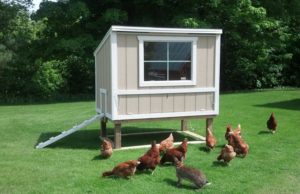


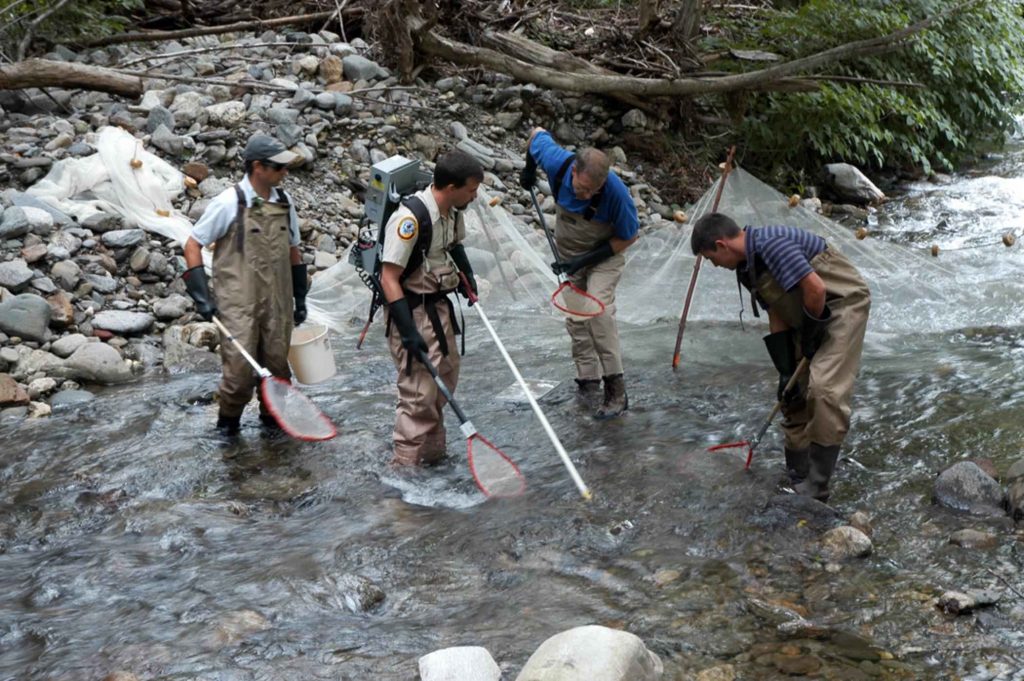
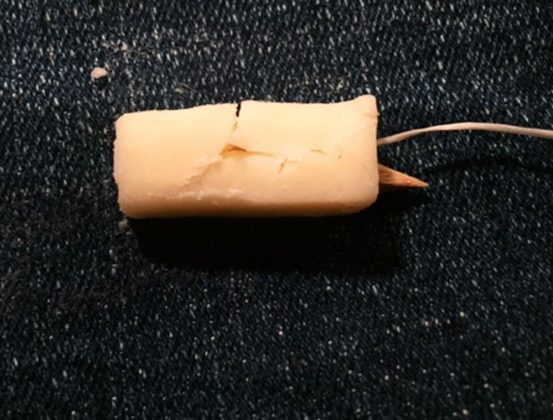

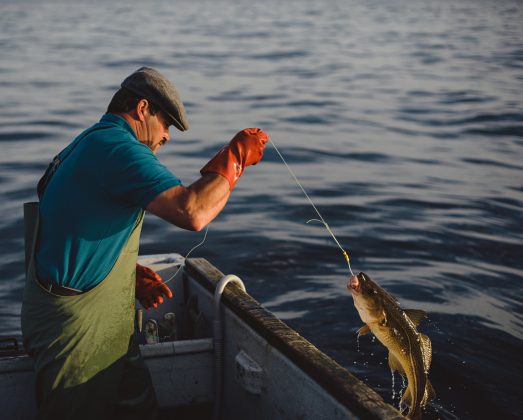

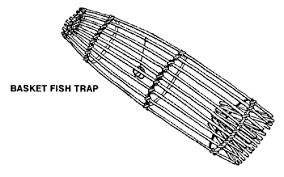


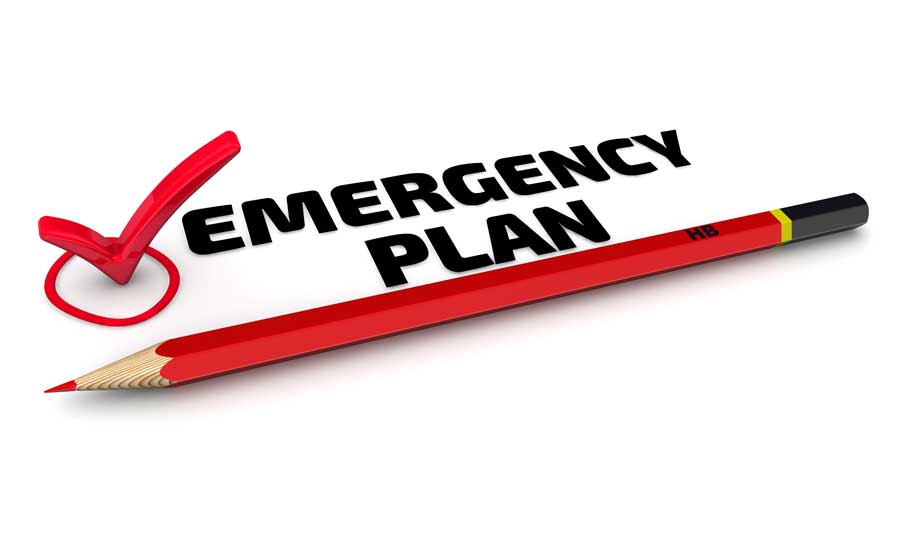

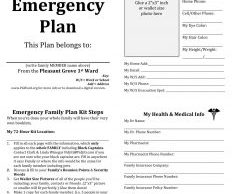
 Keeping everything to yourself or on your phone, which probably requires passwords for every action, will only make things difficult for your people in case something bad happens to you. For one, they probably won’t be aware that you had an emergency plan in the first place. Secondly, if they can’t access your plan, they will come up with their own which could be ineffective due to panic. Sadly, statistics from the US government show that
Keeping everything to yourself or on your phone, which probably requires passwords for every action, will only make things difficult for your people in case something bad happens to you. For one, they probably won’t be aware that you had an emergency plan in the first place. Secondly, if they can’t access your plan, they will come up with their own which could be ineffective due to panic. Sadly, statistics from the US government show that 
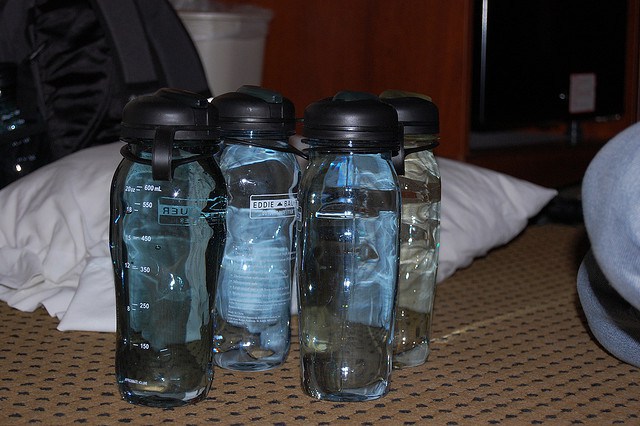

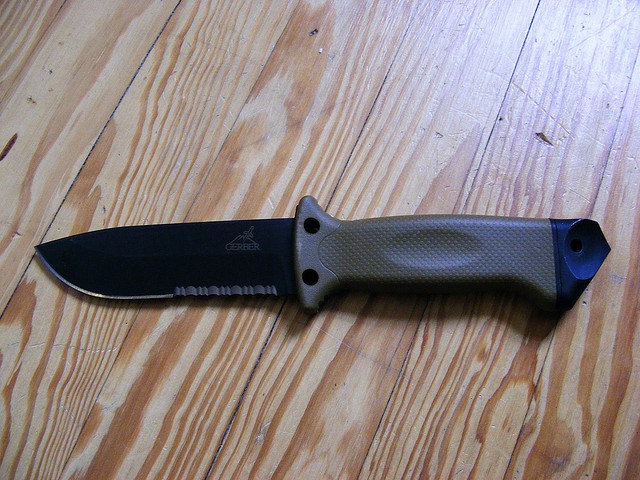
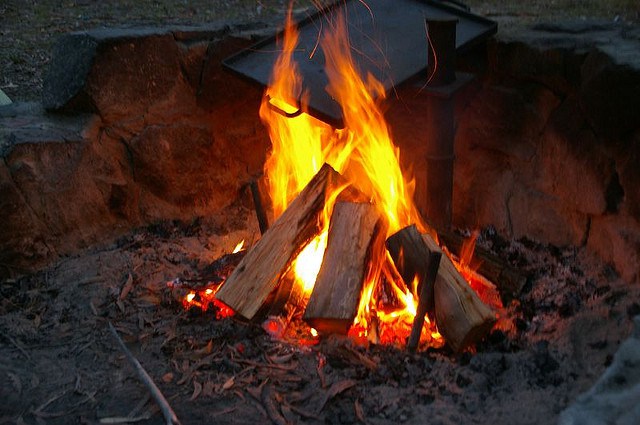
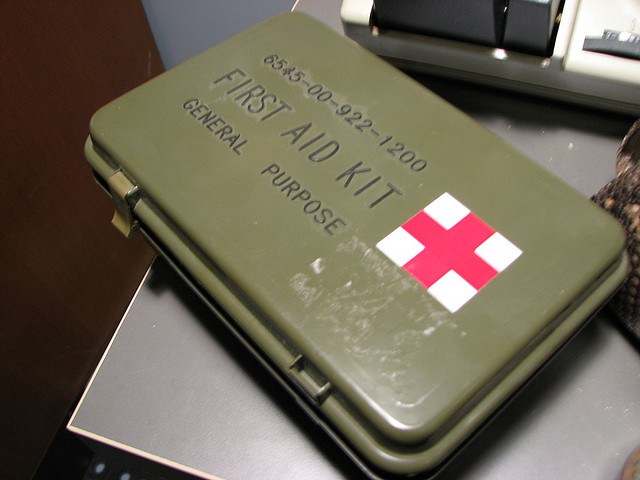
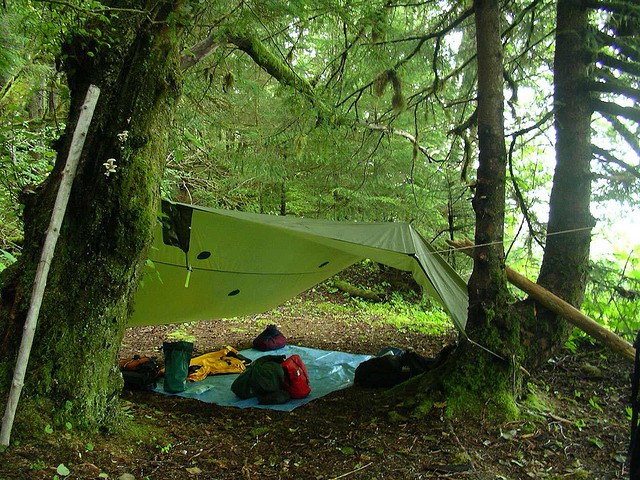
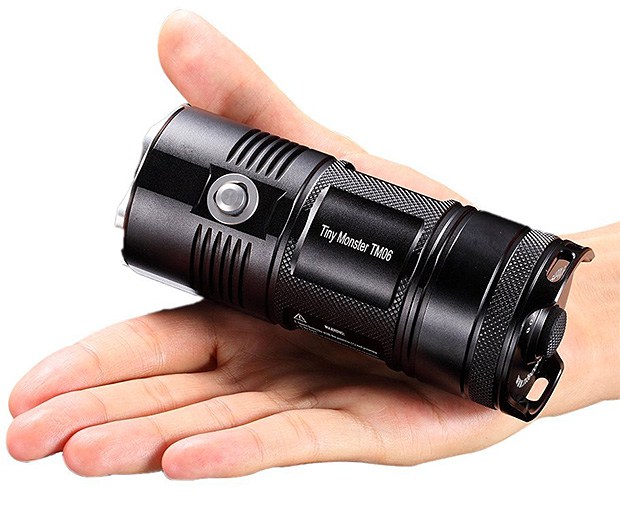
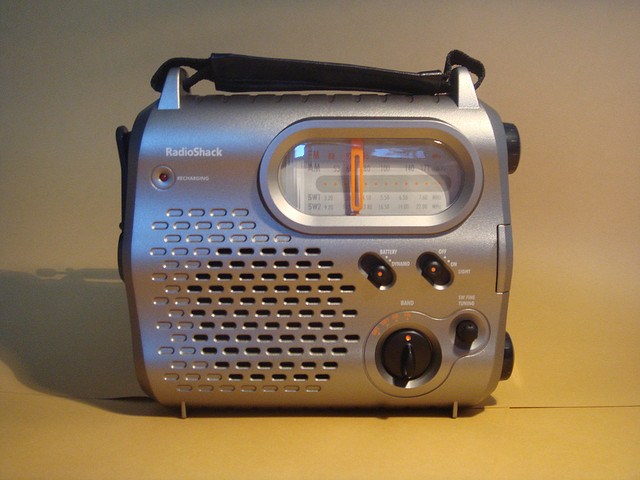




![lemon-balm-785195_640[1]](https://www.finalprepper.com/wp-content/uploads/2016/02/lemon-balm-785195_6401.jpg)
![604px-Asclepias_curassavica_Mexican_Butterfly_Weed_W_IMG_1570[1]](https://www.finalprepper.com/wp-content/uploads/2016/02/604px-Asclepias_curassavica_Mexican_Butterfly_Weed_W_IMG_15701.jpg)















